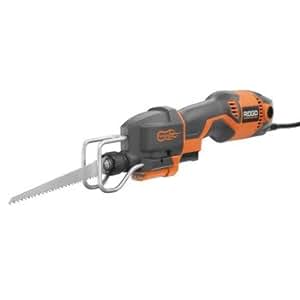Well, that project definitely wasn't going to happen today given the time after I got everything. As I figured, I had to go to a variety of places to get what I needed. I knew that by the time I got back, it would be too late to start the project anyway. Didn't get a chance to measure the pipe and it wouldn't have done me any good anyway since it was so late. I'll measure that sometime this week and figure out what size I need (pretty sure that's a 2 inch by eyeballing it). The lye/lime, primer/glue, pipes and fittings will be picked up early in the morning on a final run when I get my next off day.
Checked out the fittings. Home depot has what they called "shielded" fittings for cast iron to pvc, but they look like knockoffs and definitely aren't Fernco. I couldn't even find a brand name on it. Is the quality difference between generic worth it or is Fernco just a general name that many people use to describe that type of fitting? I noticed that the shielded fittings are apparently quite unique in that the pipe clamps themselves are riveted in place on at least one side to keep them in the right spot. It had two clamps on each side and some kind of metal reinforcement between the clamps and the rubber.
Priced the PVC pipe and it seems pretty reasonable (not so for that darned sewer pipe in the next project, it seems). Probably will be picking up about 3 lengths (30 feet) because it is a pretty good distance from the front drain to the back sewer pipe and goes diagonal for a lot of that.
Picked up some P100 filters (old ones weren't good), a few hooded tyvek coveralls just in case something tears or I need more than one, visqueen (they only had 3.5 mil, but 10ft x 25 ft and I could double it over if need be), a few pairs of heavy duty neoprene long gloves (chemical gloves) in case one tears or for the next project, 5GPM drill pump, a cheap sacrificial garden hose to gut and connect to the pump so that I can drain the water a good distance from the house, an extra carbide blade in case I encounter any difficult with cutting, etc. Anything extra can always be returned later, but I'd rather have it and not need it than need it and not have it.
So, I'll be checking back in after I have everything ready to go.
I gotta say, that crawlspace gives me the heebie jeebies every time I look at the video that I shot a while back of the leak and to get better photos (I screen grab from the video and turn it into photos instead of taking a zillion photos trying to get proper lighting down there). I haven't had time to properly seal that crawlspace door or the vents yet, but sometimes I'm tempted to set off those Raid fumigators early considering the endless webs right above where I'm going to be working. Did I say how much I dislike spiders in enclosed spaces?

I should invite The Munsters over for tea...they'd love it down there.
When I go down to measure the drain pipe, I'm going to see if I can get some solid panoramas of the sewer pipe (for the next project) configuration all in one photo. The photos of separate pieces of pipe here and there make it rather confusing.


